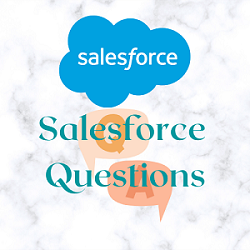There are several types of reports in Salesforce, including:
Tabular Reports: This report displays data in a simple table format without any grouping or subtotals.
Summary Reports: This report type groups data by a specific field and displays summary information such as count, sum, average, and maximum/minimum values.
Matrix Reports: This report type displays data in a grid format, with rows and columns representing different fields, and summary information in each cell.
Joined Reports: A joined report combines data from multiple objects into a single report. It allows you to view data from multiple perspectives in a single report.
Historical Trend Reports: This report type displays trend data for a specific field over a period of time. You can track changes in data over time to identify trends and patterns.
Funnel Reports: This report type is used to analyze a specific sales process, such as the sales pipeline. It allows you to track the progress of opportunities through different stages of the sales cycle.
Cross-Tab Reports: This report type allows you to compare data across multiple fields. It displays data in a grid format with rows and columns representing different fields.
Joined Summary Reports: This report type combines data from multiple objects and displays summary information. It allows you to view summarized data from different perspectives in a single report.
Salesforce Dashboards: Dashboards are a visual representation of data from one or more reports or other sources. They provide an at-a-glance view of key metrics and performance indicators.
These are just a few of the many types of reports available in Salesforce. Additionally, you can create custom report types to meet your specific business needs.


0 Comments
Post a Comment